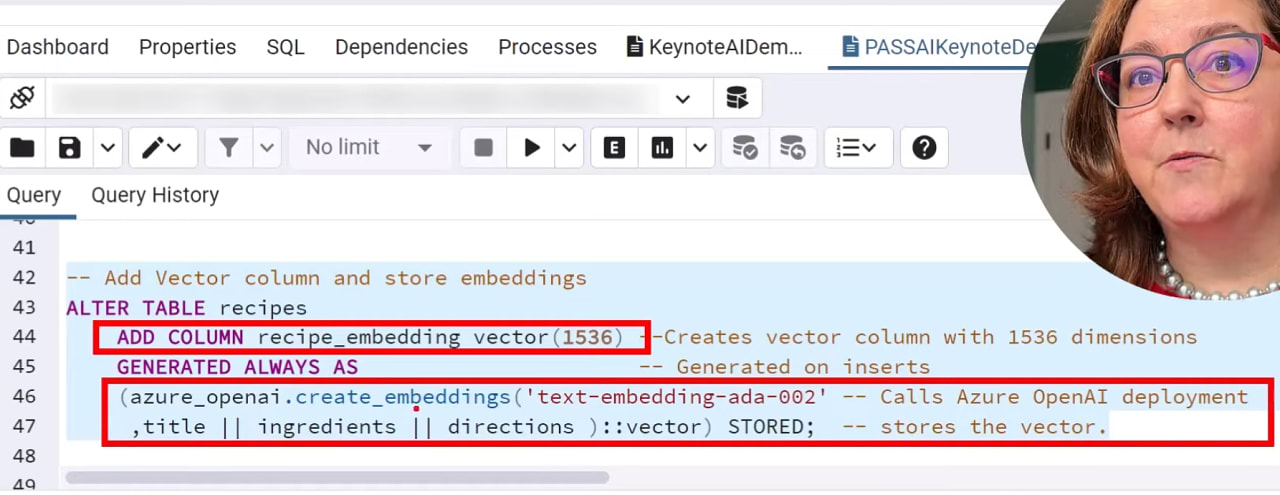#544 — February 28, 2024 |
|
Postgres Weekly |

|
|
The azure_ai Extension to Azure Database for PostgreSQL — One benefit of Microsoft’s close relationship with OpenAI is that it’s available directly within Azure, and now you can directly work with Azure OpenAI from within Azure Database for PostgreSQL using the Claire Giordano (Microsoft) |
|
PGlite: Postgres in WebAssembly — People have brought Postgres into WebAssembly contexts before, though usually with a Linux VM layer sat in between. PGlite packages a WASM build of Postgres into a TypeScript library that can be run in the browser or on Node.js or Bun and is only 3.7MB gzipped! An exciting development - we look forward to seeing where it goes next. ElectricSQL / Neon |
💡 You can play with a real world PGlite deployment in this simple browser-based playground by Anton Zhiyanov. |

The State of the Database Landscape 2024 — Redgate’s latest survey results show that PostgreSQL continues to be in the top four most used databases as organizations continue to embrace multiple database platforms. Find out more about the latest trends in the database landscape. Redgate Software sponsor |
|
The Rest is History: Investigations of WAL — Get a deeper insight into just what the WAL files used by Postgres contain as Brian steps through reviewing the Write-Ahead Log history as part of a sample recovery scenario. Brian Pace (Crunchy Data) |
|
11 Lessons to Learn When Using NULLs — Francesco Tisiot |
|
IN BRIEF:
|
|
The Two Types of Indexes in pgvector — pgvector is a popular extension for working with and querying against vectors, and vectors demand different index types from the norm. Semab compares the IVFFLAT and HNSW options on offer. Semab Tariq (Stormatics) |
|
The Default Value of Umair Shahid (Stormatics) |
|
When Less is More: Database Connection Scaling — The more connections a Postgres server can handle, the better.. right? Not always. If Richard Yen |
|
|
Installing Postgres on SLES 15 Just Got Easier (and Better) — One for SuSE Enterprise Linux users. David Detter |
|
Maximizing Microservice Databases with Kubernetes, Postgres, and CloudNativePG
|
🛠 Code and Tools |

|
|
pg-lock-tracer: An eBPF-Based Lock Tracer — Use eBPF instrumentation to dig into lock-related bottlenecks in Postgres when running on Linux. Unlike with Jan Nidzwetzki |
|
pgagroal 1.6: A High Performance Postgres Connection Pool — Introduces support for CLI/JSON output, client certificates, as well as macOS. Red Hat Inc. |
|
pg_dumpbinary v2.15: Dump a Postgres Database to Binary Format — Rather than produce a SQL dump, this produces a binary one (which can be restored by the accompanying HexaCluster |
|
